All About Lasers: How They Work – Applications and Stay Safe
What’s So Special About Lasers? Whether you’re a tech guru or just curious, lasers are everywhere! From fighting cancer to correcting vision, and from cutting metal to creating stunning art, lasers play a pivotal role in many daily tasks. Want to know more about these incredible beams of light? Let’s dive in!
What Exactly is a Laser?
LASER stands for “Light Amplification by Stimulated Emission of Radiation.” It’s a fancy way of saying that lasers are devices that boost light into intense beams. These beams are unique because they are:
- Coherent: All light waves are in sync.
- Monochromatic: The light is one color or wavelength.
- Directional: The light shoots straight in one tight beam.
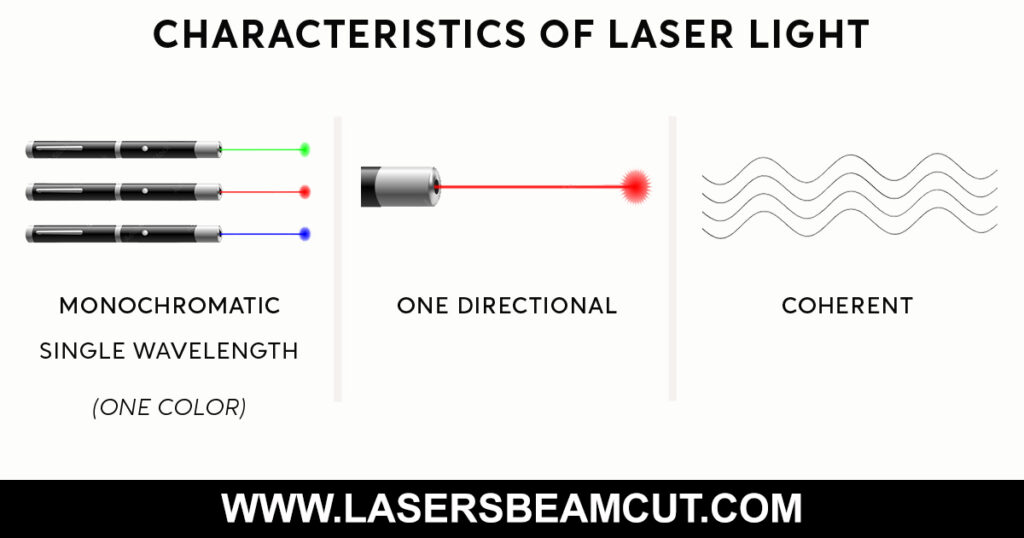
How Does a Laser Work?
Imagine a party where energy from electricity, light, or even chemicals gets everyone (molecules) excited. In a laser:
- Power Source: This ‘invites’ energy into the laser.
- Gain Medium: Here, the energy ‘dances,’ creating light in every direction.
- Optical Cavity: Think of this as a hallway lined with mirrors, where light bounces back and forth, getting stronger with each pass. One mirror is partially see-through, letting out a powerful beam of laser light.
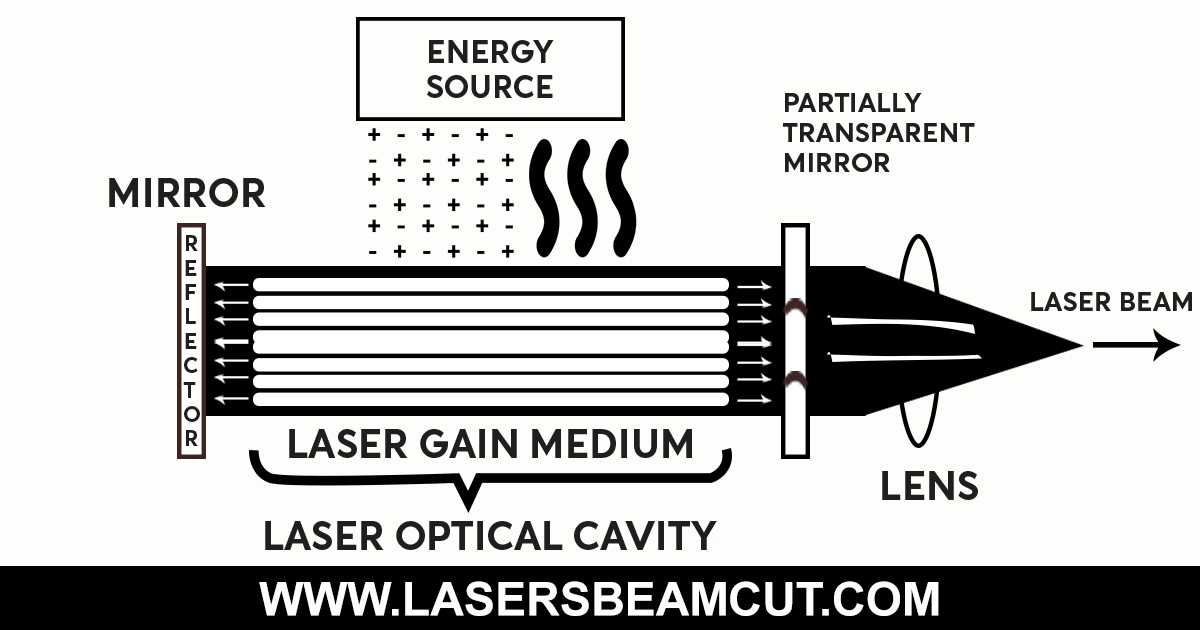
Applications of Lasers
Lasers are not just scientific tools; they are part of everyday life. Here are some of their fascinating applications:
- Medical Treatments: From zapping away tumors in cancer treatments to precise eye surgeries, lasers are saving lives.
- Industrial Manufacturing: Lasers cut, weld, and finish products in various industries, making them essential in manufacturing.
- Communication: Fiber optic cables use lasers to transmit vast amounts of data across the world almost instantly.
- Entertainment: Lasers add dazzle to light shows and concerts.
- Research and Development: Scientists use lasers for experiments in physics, chemistry, and biology to explore the mysteries of the universe.
Getting to Know Laser Types and Their Uses
Lasers can be as different as the tools in a toolbox:
- Continuous Wave Lasers: Like a steady stream of water, perfect for heavy-duty tasks like cutting and welding.
- Pulsed Wave Lasers: These zap in short bursts, ideal for precision jobs like engraving or medical procedures.
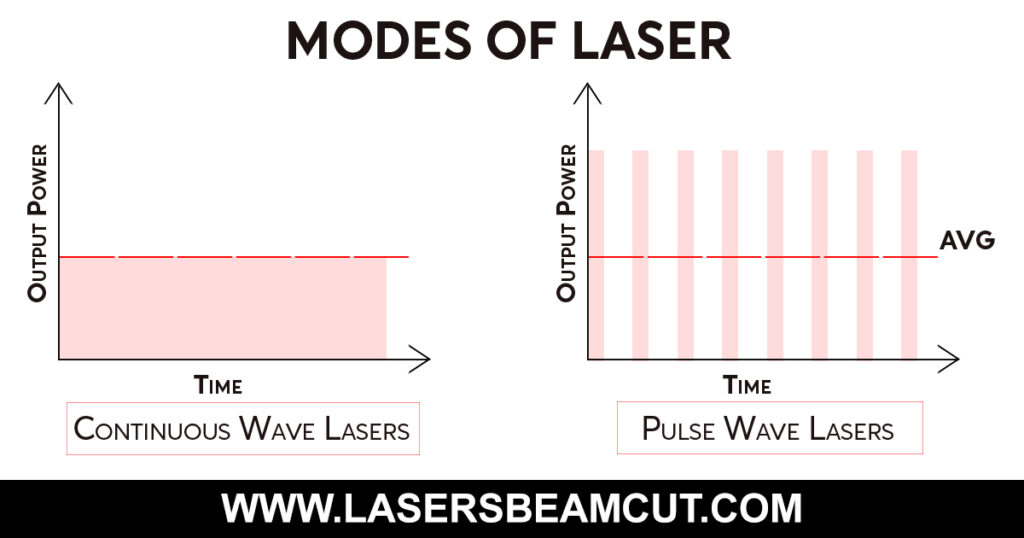
What Kinds of Lasers Are There?
- Gas Lasers: Use gases like helium or carbon dioxide. They’re great for tasks from scanning groceries to cutting metal.
- Solid-State Lasers: Use solid materials mixed with special elements. They help in everything from surgery to tattoo removal.
- Fiber Lasers: These are modern marvels using glass fibers to guide light, perfect for precise cutting and marking.
- Dye Lasers: Use liquid dyes to create a wide range of colors for scientific and medical uses.
- Semiconductor Lasers: Common in electronics, these are small but mighty, powering things like CD players and fiber optic cables.
Safety First: Understanding Laser Classes
Lasers are classified based on how safe they are:
- Class 1: Totally safe under all conditions of normal use.
- Class 2: Safe for the eyes during normal use, often used in laser pointers.
- Class 3R and 3B: Riskier, these can harm the eyes if not careful. They’re used in scientific research.
- Class 4: The big guns—powerful enough to cut through thick materials but dangerous to skin and eyes.
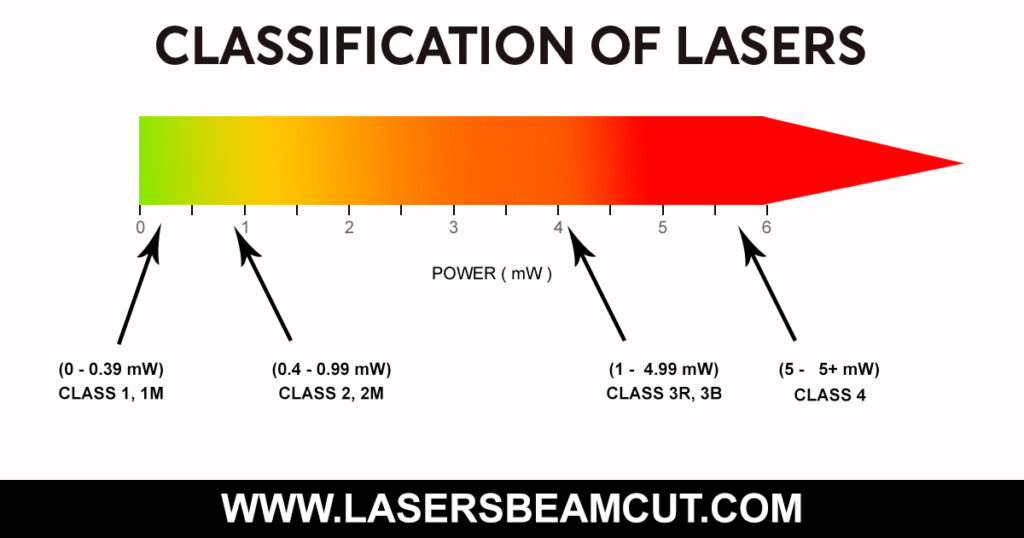
Final Words
Wrapping Up Now you know the basics of lasers, how they work, and what they’re used for. Lasers are fascinating and useful in so many ways, but it’s crucial to handle them safely. Stay tuned for more insights as we continue to explore the brilliant world of lasers!

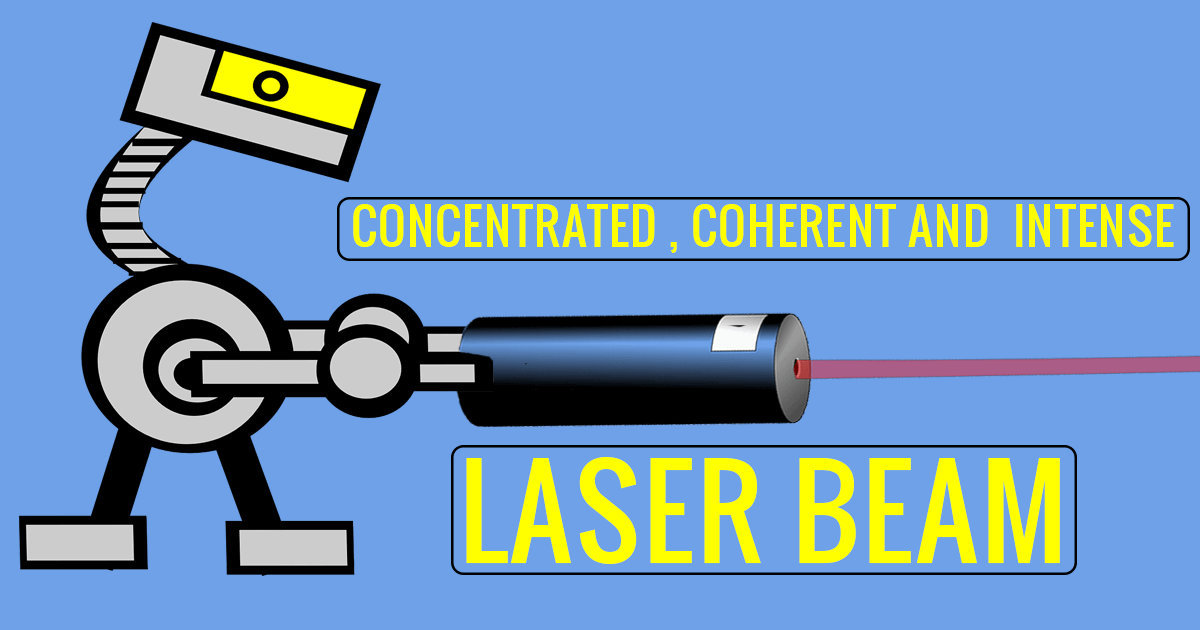

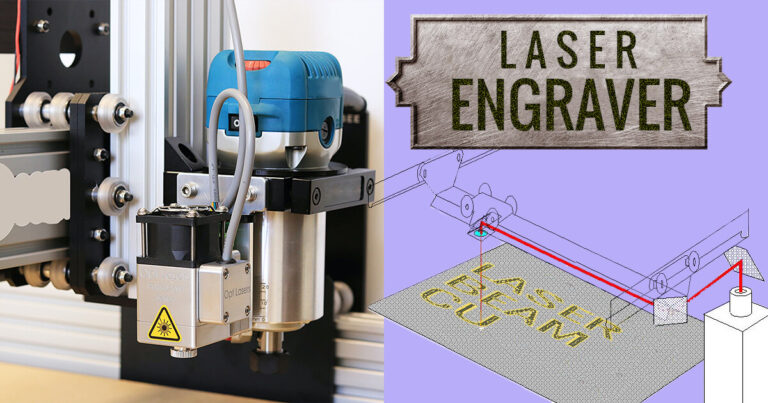

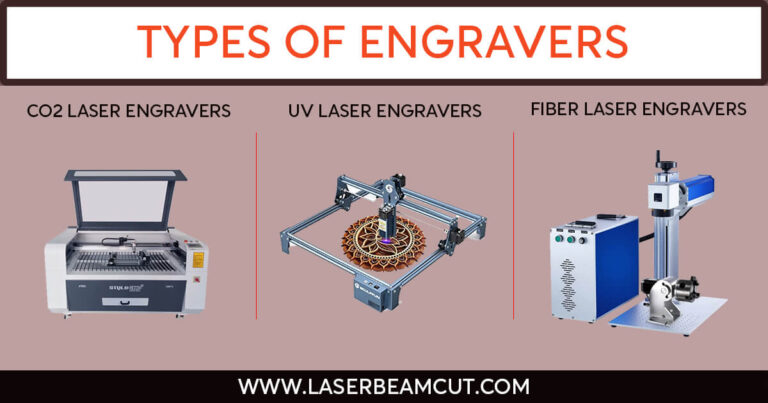
One Comment